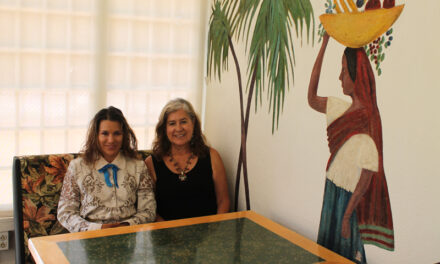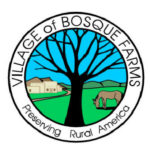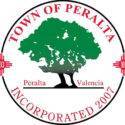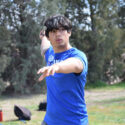Los Lunas
The Middle Rio Grande region is currently running a net deficit, or water shortage, of an “unsustainable 55,000 acre-feet per year,” according to a report published by the Middle Rio Grande Water Assembly.
This was just one of many points made in literature distributed Wednesday night at the Community Conversations on Regional Water Planning held in the Los Lunas Village Hall.
If the region’s deficit use of water continues, Howard Passell, a water resources ecologist, predicts an even greater loss to the area’s aquifer according to a hydrological model.
“By 2030, we will have suffered approximately a 5.5 million acre-feet of water loss,” Passell told an audience of about 45 citizens Tuesday, including Los Lunas Mayor Louis Huning, State Sen. Michael Sanchez and State Rep. Fred Luna.
Passell has been working on a computer study model to track water uses for the past year with a group of colleagues at the Cooperative Monitoring Center at Sandia National Laboratories. In a video presentation, Passell demonstrated on a graph the effect various changes in water consumption would have on the water table.
At one point, Passell dramatically decreased, in theory, the amount of water used in toilets, showers, washing machines, dish washers, sinks, baths and other home uses and showed how those decreases still did not significantly impact his water table graph. Eliminating the use of agriculture irrigation would not be a solution either, according to Passell.
“Some of the water put on the fields soaks back down into the aquifer,” Passell explained.
Five more Water Conver-sations, carried out by the all-volunteer Middle Rio Grande Water Assembly, are being held throughout the Albuquerque area to gather public input for a plan to be submitted to the state engineer in June. The last meeting will be held in Belen on Sept. 19 at the Belen Senior Center.
“For the past 10 years, the legislature has been funding meetings and plans,” said Lucy Moore, an independent facilitator for Tuesday’s meeting. “They are saying ‘you have got to come up with a plan or we will make one for you.'”
Moore’s statement came in response to one citizen who said he’s been attending these meetings for two years.
“When are you guys going to come out with some answers?” he asked.
Another citizen advocated closing down the golf courses in Albuquerque in order to save water and said there was no graph to show golf-course water use. Another person wanted Texas to build salt-water purifying plants.
“There is a graph that represents residential use,” Passell said, and that would include golf courses.
“It takes a lot of money to run a desalination plant to provide the energy. It would be very expensive water,” Passell said about desalination as a solution.
Passell pointed out that he was only presenting a model and that any model would have to be updated with new data. One of the objectives of the Sandia Lab study, as listed in the video presentation, is to “provide an unbiased tool for quantitative consideration and comparison of water uses.”
“All this model does is lay out all the different uses of water,” Passell said.
At the end of the meeting, those citizens who stayed had the opportunity to express their opinions in favor of or against various water conserving plans. Individuals were given four blue stickers indicating favor, and four black stickers, signifying disfavor, and these were placed on policy sheets hung in the hallway.
The next Community Conversation meeting, the last of six meetings, will be held on Thursday, Sept. 19 at 6:30 p.m. in the Belen Senior Center at 715 S. Main St. Four other prior meetings are being held in the Albuquerque area.
For more information, please call Assembly Chairman Bob Wessely at 867-3889, or Mike Trujillo, Council of Govern-ments water planning coordinator, at 247-1750.















